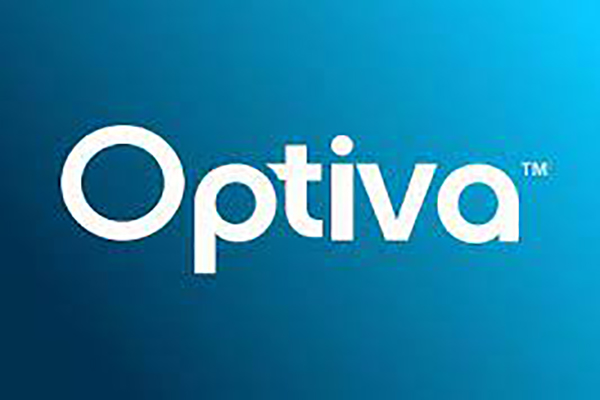Optiva announced the launch of its next-generation converged Optiva Charging Engine, the latest advancement in the Company’s billing and charging portfolio. The new release features AI-based personalization to enable real-time digital customer experiences.
The next-generation version also integrates an Open API gateway, including support for customer and product management with TM Forum Open APIs. It offers best-of-breed architecture for seamless automation of customer flows throughout the BSS stack and for processes — from product creation to smart selling and AI closed-loop feedback for aligning product configurations and customer purchases.
The new Optiva Charging Engine release delivers convergent rating and charging capabilities that empower telecom operators, especially new market entrants focused on digital customer experience and rapid time to market, to create elevated customer offerings and new revenue streams. Key platform benefits to operators include:
- AI platform integration to identify product and usage behaviors, automatic adaptation of product configuration and upsell management
- Personalization of products during real-time usage of services, enabling cross-selling, usage shocks and contextual services
- Ease of integration based on APIs enabled by TM Forum API 620 and 637 for product and bundle data
- Google Analytics powered data usage repository for customer behavior insights, fine-tuning products and automating processes for superior customer experience
“As the telecom industry moves toward Web 3.0 and new revenue opportunities, including metaverse, NFTs and B2B2X offerings, leveraging the power of AI to continuously personalize the customer experience and attract new customers is vital,” said Matt Halligan, CTO of Optiva.
To support the success of Optiva’s customers, spanning more than 50 countries and actively investing in 5G technology upgrades, the next-generation Optiva Charging Engine release fulfills the expectations of the new generation of consumer and enterprise customers. It delivers flexibility through immediate and easy adaptation and prevents the traditional delays of legacy platforms. The new features are essential for meeting today’s and future market demands while reducing OPEX with automation across all life cycles.


















